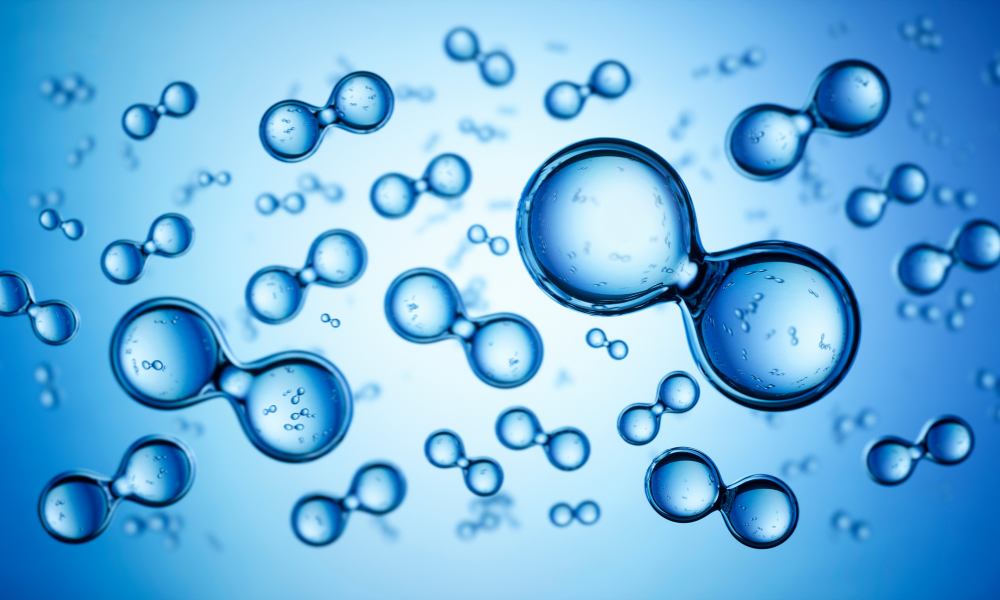
Hydrogels are an innovative and versatile class of biomaterials that are pivotal in applications ranging from injectable therapies to advanced implants. Naturally, before they can be used for any medical or pharmaceutical function, they must be sterile. However, due to their unique properties, finding a suitable terminal sterilization method for hydrogels poses many challenges. That’s where the versatility and gentle nature of supercritical CO2 technology offers a solution.
What Are Hydrogels?
There are many different classifications of hydrogel technology. Some of the most common are injectable hydrogels, stimuli-responsive hydrogels, nanocomposite hydrogels, double-network hydrogels, and bioprinted hydrogels.
- Injectable hydrogels are typically a viscous liquid until they are injected and become a solid gel when they reach their target site. The gelation occurs due to specific conditions in the body, such as pH or temperature. Injectable hydrogels are minimally invasive and are often used as tissue fillers or for localized drug delivery.
- Stimuli-responsive hydrogels change properties (swell, shrink, degrade, etc.) in response to specific stimuli like temperature, pH, light waves, or magnetic fields. Stimuli-responsive hydrogels are frequently used as biosensors, smart actuators, or for targeted drug delivery.
- Nanocomposite hydrogels are reinforced with nanoparticles or nanomaterials (such as carbon nanotubes, graphene, or metal oxides) to improve their functionality. The nanocomposites provide benefits like enhanced strength, conductivity, and antibacterial properties. Nanocomposite hydrogels are often used as antibacterial wound dressings, conductive materials for bioelectronics, or tissue scaffolds.
- Double-network hydrogels have two intertwined polymer networks (picture a basket with two different materials woven together). This structure strengthens the hydrogel and allows it to keep its shape. These hydrogels are often used to help regenerate damaged or diseased tissues and organs.
- Bioprinted hydrogels are used to 3D print “scaffolds” that mimic skin, cartilage, or blood vessels. These scaffolds provide a structure for cells to grow and create tissue- and organ-like structures.
The Difficulty of Sterilizing Hydrogels
Due to the unique properties of hydrogels, there are several complications that arise when using traditional sterilization techniques. For example:
- Autoclaving is a process that uses high-pressure steam at temperatures higher than 250°F (120°C) to sterilize materials. However, because hydrogels are extremely sensitive to changes in temperature, exposure to such high heat can damage their structure and cause them to denature.
- Ethylene oxide (EtO) sterilization is a gas-based method for sterilizing delicate materials at low temperatures. Due to the penetration characteristics and safety concerns of EtO sterilization, this method is not suitable for processing liquids.
- Radiation (gamma or e-beam) is used to destroy microorganisms by breaking down their DNA. This can negatively affect hydrogels by causing excessive crosslinking of polymers, which can make the hydrogel rigid and less porous.
- Vaporized hydrogen peroxide (VHP) is used for sterilizing surfaces. However, its penetration is limited, and it may not fully sterilize the interior of the hydrogel, leaving the product partially unsterilized.
Hydrogel Technology and Supercritical CO2 Sterilization
“At NovaSterilis, we work closely with development teams seeking to advance hydrogel technologies to the market,” said Eisenhut. “Supercritical CO2 overcomes the limitations associated with traditional sterilization modalities.”
Supercritical CO2 sterilization:
- Capable of sterilizing liquids. Supercritical CO2 can penetrate and flow through liquids and viscous materials. This makes it very effective for sterilizing hydrogels, especially injectable hydrogels because their primary state is liquid until they become a gel when they reach their target site.
- Operates at low temperatures. Hydrogels typically break down when they are exposed to high heat. Supercritical CO2 sterilizes at low temperatures, which protects hydrogels.
- Minimal crosslinking. Unlike radiation sterilization, which can cause excessive crosslinking (chemical changes that can damage and harden a hydrogel), scCO2 results in significantly less crosslinking which helps preserve a hydrogel’s structure and function.
Unique Advantages of Supercritical CO2 Sterilization
“Supercritical CO2 sterilization is a gentle and versatile approach that achieves sterilization while preserving the structure, properties, and biological activity of hydrogels,” said Eisenhut. “This ensures that hydrogels remain safe, effective, and functional for medical and therapeutic applications.”
The unique advantages include:
- Protecting biological components. Supercritical CO2 sterilization keeps sensitive ingredients like proteins and growth factors active, making it ideal for hydrogels used for medical and therapeutic applications.
- Being safe for delicate materials. By using low temperatures, scCO2 sterilization preserves the strength, flexibility, and structure of fragile hydrogel materials.
- Highly effective sterilization. Supercritical CO2 is a deep penetrating sterilization method that allows the sterilizing agent to permeate throughout a hydrogel.
- Works with many types of hydrogel technology. Supercritical CO2 can sterilize hydrogels in a variety of states (liquid, solid, and solid hydrogels submerged in buffers).
If you are interested in learning more about supercritical CO2 sterilization and its use with hydrogel technology, contact NovaSterilis to schedule a consultation. Let us help you streamline the process and make informed decisions when investing in supercritical CO2 sterilization equipment.
